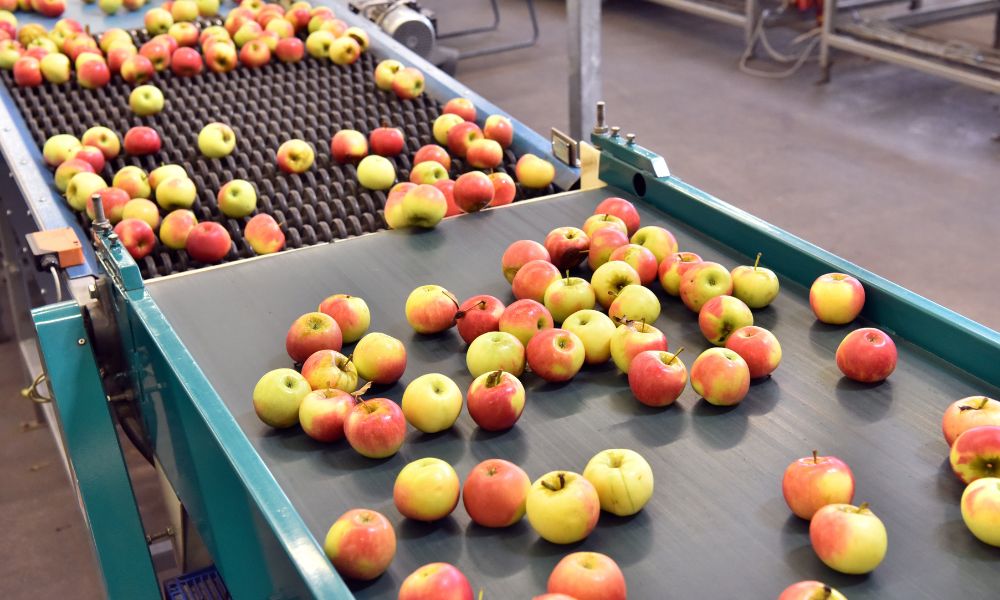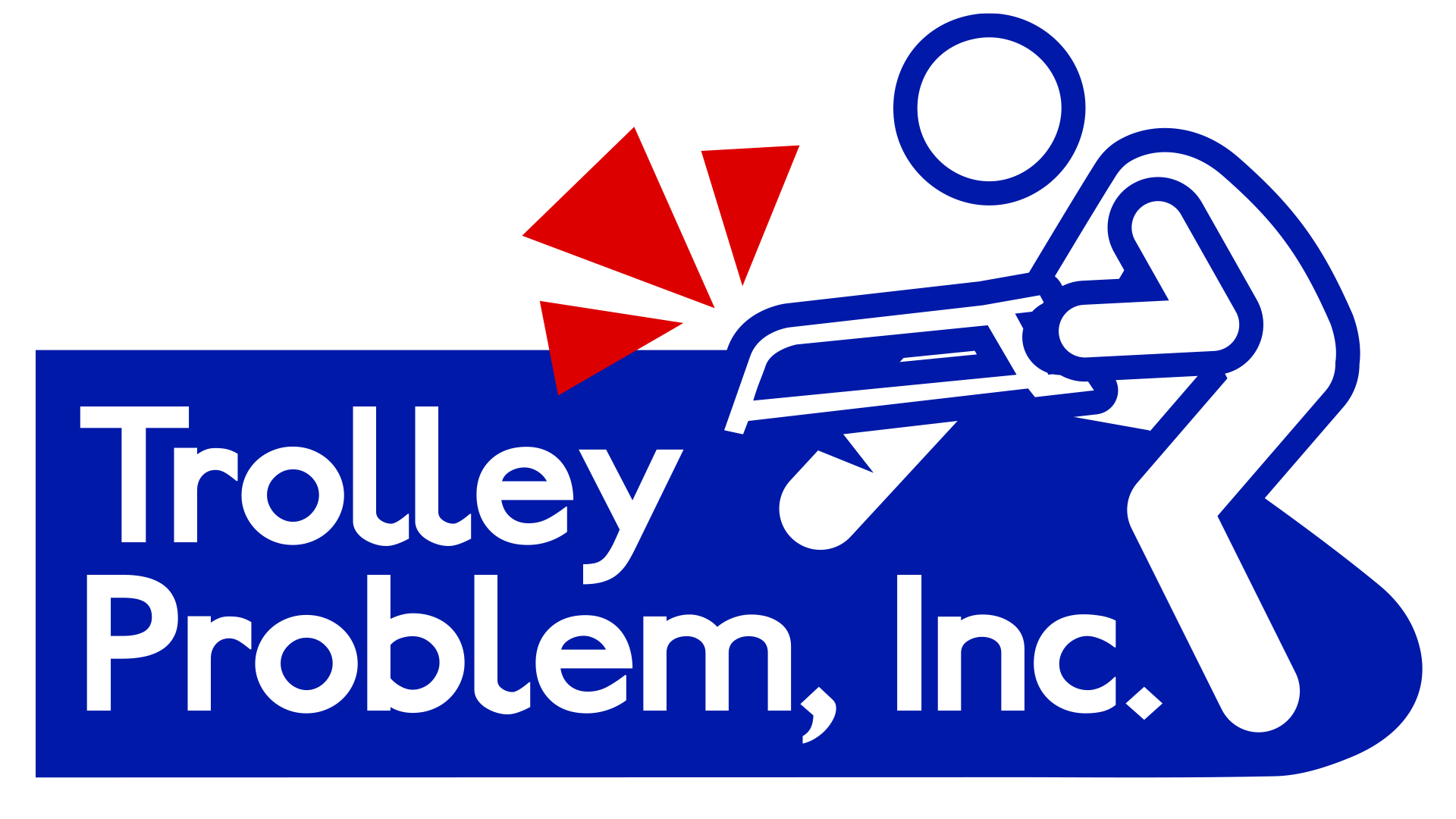Different Sanitation Practices: Food Processing Industry

Have you ever wondered about the different sanitation practices used throughout the food processing industry? Read on to learn more about the various processes that food plants use to ensure their products are safe for consumption.
Sanitation Definitions
Before diving into the different sanitation practices found within any given food plant, it’s important to understand the various definitions of sanitation. Sanitizing is the literal process of treating a cleaned surface with an agent in an effort to kill diseases, viruses, and bacteria.
However, in the food processing industry, cleaning involves removing soil particles from various surfaces using chemical, mechanical, or manual processes. Furthermore, disinfecting kills all vegetative state organisms, whereas sterilizing kills all organisms, such as spores. All four cleaning and sanitizing methods are essential for the food processing industry, but understanding the differences between these terms can help your food plant remain safe and legal.
Step 1: Cleaning Off Debris
The first practice every food plant follows is cleaning debris and residue from all surfaces and mechanisms within the facility. More specifically, every food-contact surface must be clear of all soil, dirt, dust, and organic matter during operation. Food plants typically use mops, brushes, and scrapers to achieve cleaner surfaces. Warm, potable water is also used to rinse surfaces of various chemical and food residues.
Step 2: Scrubbing With Detergent
Food plants use detergents for deep cleaning food residue as they are excellent at removing proteins and fats. They use scrubbing tools and machines to apply these detergents to all food-contact surfaces. However, workers must dilute detergents to an appropriate ratio to protect further food production and equipment conditions.
Step 3: Rinse Before Sanitizing
Once all food-contact surfaces are properly cleaned of debris and food residue, it’s time to sanitize! As stated, sanitation involves using chemicals to kill bacteria, viruses, and diseases.
As such, food plants use disinfecting chemicals specially rated for food-processing applications. However, individuals must rinse surfaces off after steps one and two to ensure more successful sanitation. Please note that there are additional considerations when sanitizing conveyor belts and other specific equipment.
As you can see, the different sanitation practices used throughout the food processing industry are simple: remove debris, scrub off food residue, rinse, and sanitize. By following these steps, food plants adhere to strict industry regulations and help protect their consumers.





